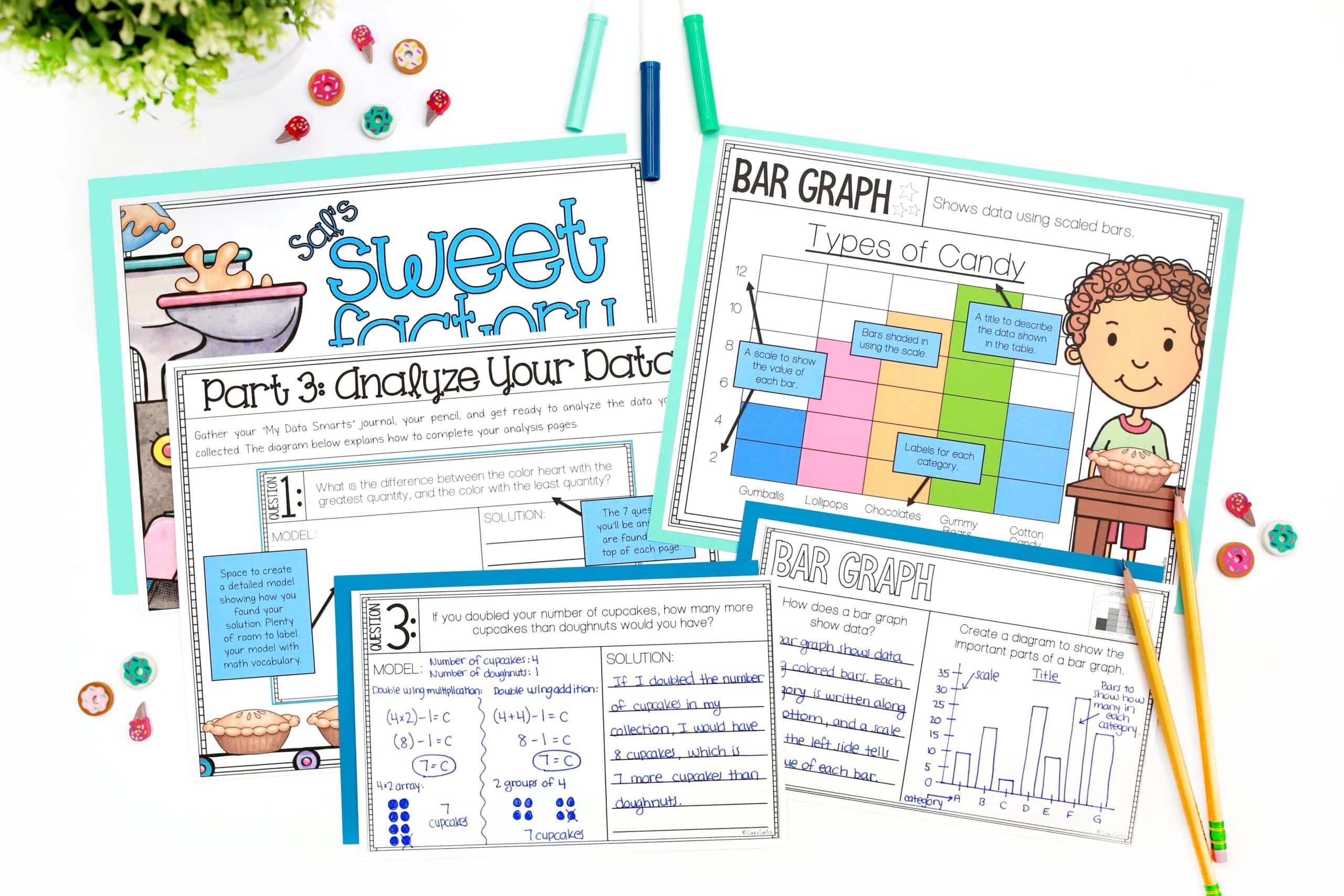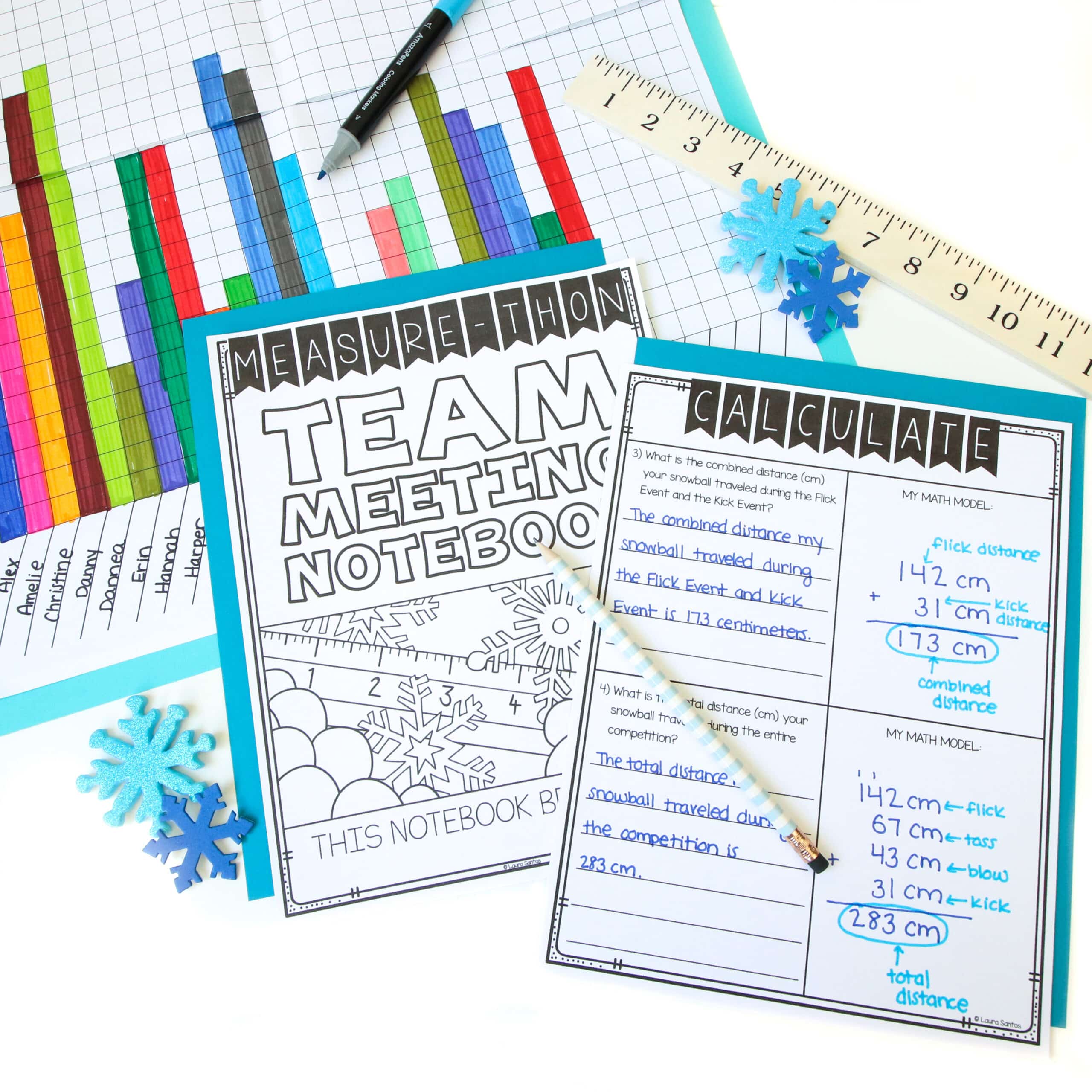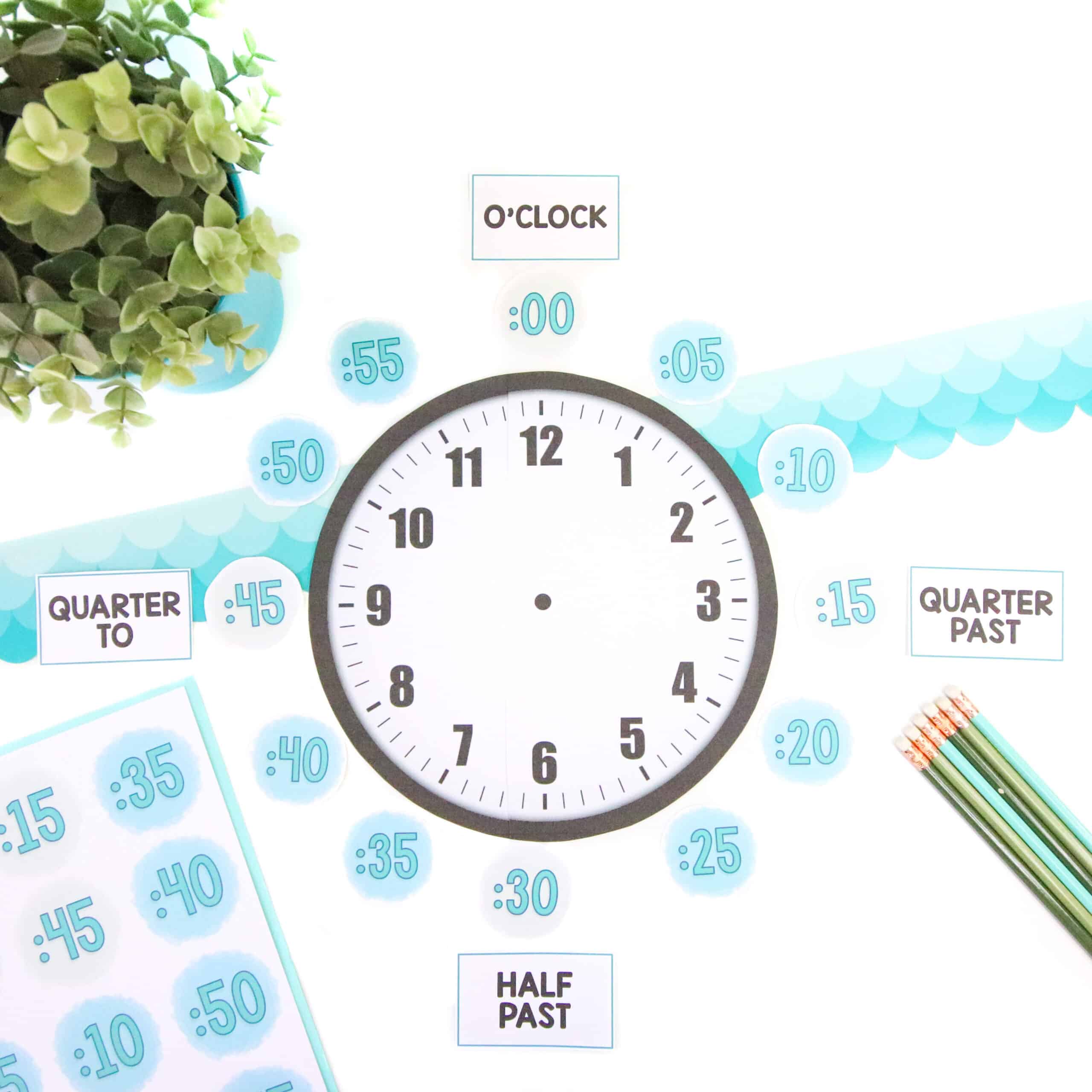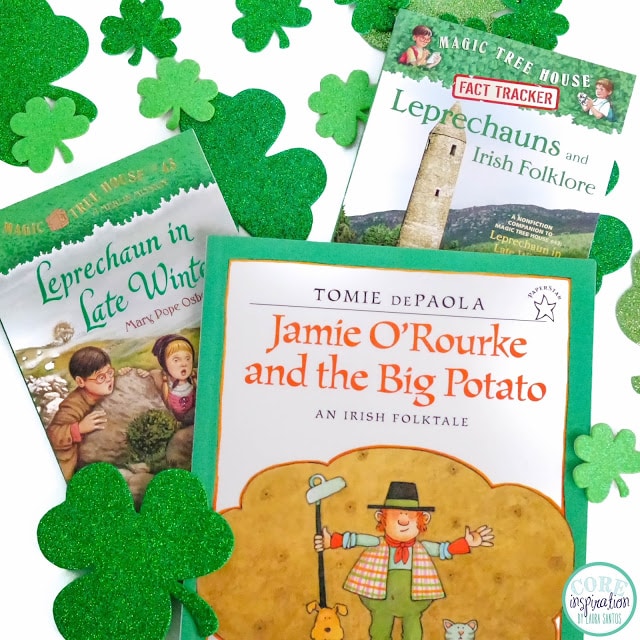
Every year, my students joke that my room is ready for St. Patrick’s Day all year round (maybe I’m a bit obsessed with shades of green). On the other hand, my read aloud shelf always looks a bit bleak during the month of March. In fact, the only three St. Patty’s Day books I own are Tomie DePaola’s Jamie O’Rourke and the Big Potato, Mary Pope Osborne’s LeprechaunIn Late Winter and the accompanying Magic Tree House Fact Tracker #21:Leprechauns and Irish Folklore. All three are stellar additions to any classroom library but I’m going to hone in on DePaola’s Irish folktale about Jamie O’Rourke.

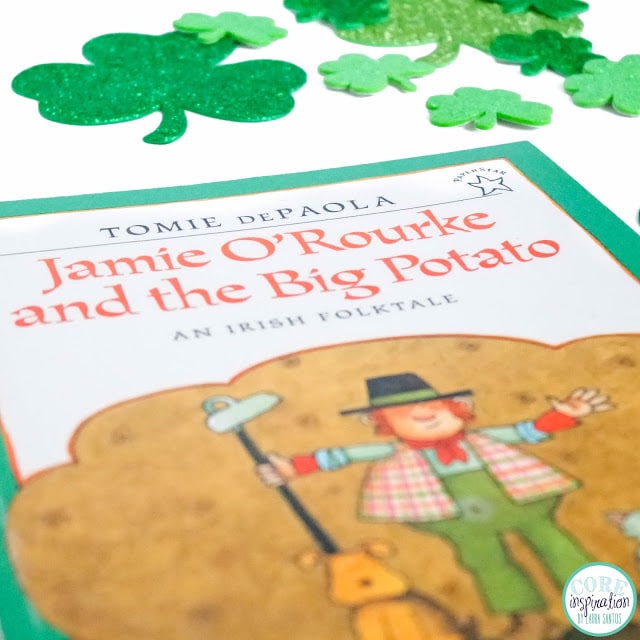
Jamie O’Rourke and the Big Potato is written in DePaoloa’s distinctively easy-to-follow-yet-zippy style, making this silly story a perfect classroom read aloud. The tale of a lazy Irish farmer Jamie O’Rourke teaches young readers that taking the easy way out sometimes turns out to be more trouble than it’s worth. Your students will giggle through the misfortune of Jamie’s ridiculous laziness, the clever trick of a cunning leprechaun, and the enormous potato that feeds Jamie’s village to the point of excess. This folktale takes a surprising turn when O’Rourke is eventually rewarded for his lazy behavior, which serves as a great conversation starter about the traditional structure of folktales.
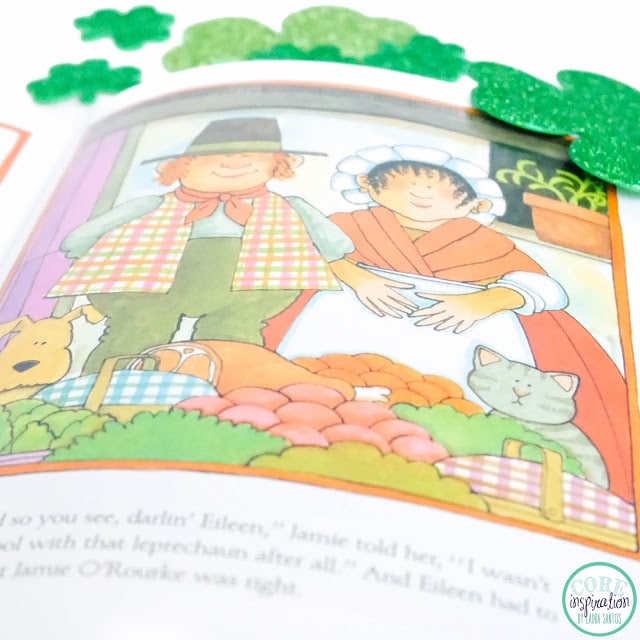
Identifying central messages, lessons, and morals in folktales, fables, and myths is a skill K-3 teachers weave into their literacy instruction. Our unit addressing these standards is taught in November and December, making March a perfect time to reassess student growth and mastery. The assessment activities listed below accompany a read aloud of Jamie O’Rourke and the Big Potato and can be used to reassess or pre-assess your folktales/fables unit.
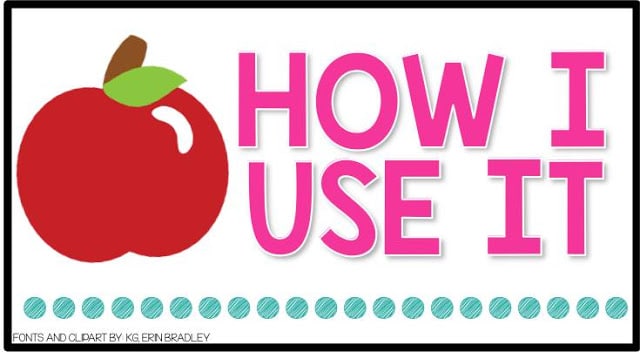
Comprehension Check
Measure your students’ comprehension skills using the following questions during an interactive read aloud. Using whiteboards is a quick way to assess student understanding without wasting paper. These questions are also great conversation starters during reading rotations when you can have students use text evidence to support their thinking.
What is the problem in this folktale?
What does Jamie O’Rourke do to solve his problem?
What do you learn from the illustration on the last page of the book?
Create a mind map showing three thoughts Jamie O’Rourke might have.
What lesson or central message is taught in this folktale?
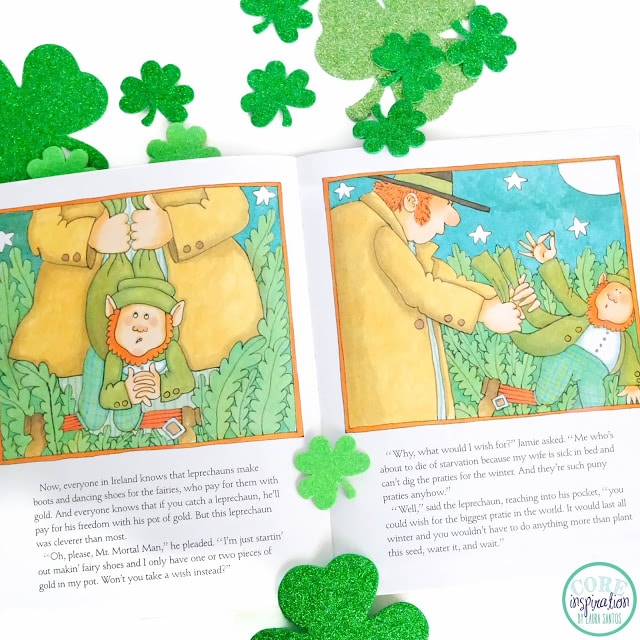
Sticky Note Sequencing
Dig deeper into your students’ ability to accurately sequence a folktale with this quick drawing activity.
Students select the five most important events from the folktale Jamie O’Rourke and the Big Potato, illustrate them in sequence, and add a caption to describe each event.
Sketching illustrations on sticky notes makes this a fun alternative to traditional paper and pencil assessments. After students stick their sequence to their desks, host a gallery walk followed by a conversation about the similarities and differences students observed between sequences by their classmates.
Your more advanced learners can be challenged to write sentences to sequence the story rather than illustrating the sequence.
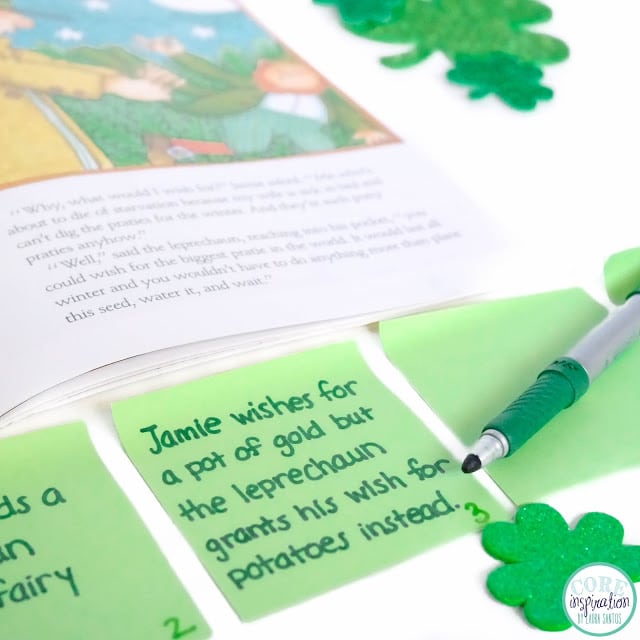
If you decide to use one of these activities I your classroom, I would love to see you in action. Feel free to tag me @coreinspiration on Instagram to share your lesson success!
To learn about other read alouds for the month of March, visit the rest of our Books Teachers Love posts here.
To read my Books Teachers Love posts for other months, click here.



